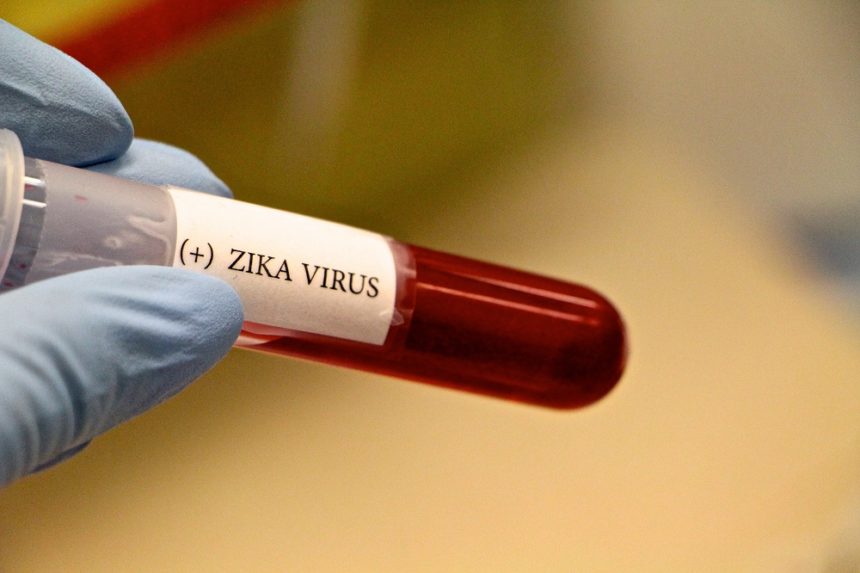
After Zika virus cases were discovered in the southern state of Kerala, Tamil Nadu increased border checks. Which cited Tamil Nadu government officials, tight vigilance is being maintained at 14 strategic points and checkpoints in Walayar and Meenakshipuram, and vehicle checks have been intensified.
Kerala has reported 15 cases of Zika virus, with Chief Minister Pinarayi Vijayan promising to strengthen vector control units at the district and state levels.
Here’s the latest on the Zika virus’s spread:
- The vector-borne disease cases were discovered three days ago. On Thursday, 14 cases were confirmed; on Saturday, one more case was reported. Thiruvananthapuram is the location of all of the cases.
- After the outbreak was reported, the central government dispatched a team of experts to Kerala. The six-member team includes vector-borne disease experts and doctors from the All India Institute of Medical Sciences, according to joint secretary (health ministry) Lav Agarwal (AIIMS).
- Kerala’s government has developed an action plan to address the rising number of Zika virus infections, according to state health minister Veena George.
- Karnataka’s bordering districts have been asked to increase their vigilance. The state of Karnataka’s health department has also directed officials to step up vector control efforts.
- The mosquito Aedes aegypti, which is a vector of Dengue, Chikungunya, and Zika, is common in Karnataka, necessitating increased surveillance in rural areas.
- According to the state government, the urban areas will also be subjected to fortnightly surveillance on a war footing.
- The travel history of those arriving in Karnataka will be checked, and samples from suspected cases should be sent to Bengaluru’s National Institute of Virology (NIV) for testing.
- Fever, rashes, conjunctivitis, and joint pain are all symptoms of the Zika Virus Disease (ZVD). ZVD, on the other hand, kills few people and only one in every five people develops symptoms.
- The disease’s symptoms were first discovered in monkeys in Uganda in 1947, and the first human case was reported in Nigeria in 1954.
It leads to shrunken brain in children and a rare auto-immune disease called Guillain-Barre syndrome.






